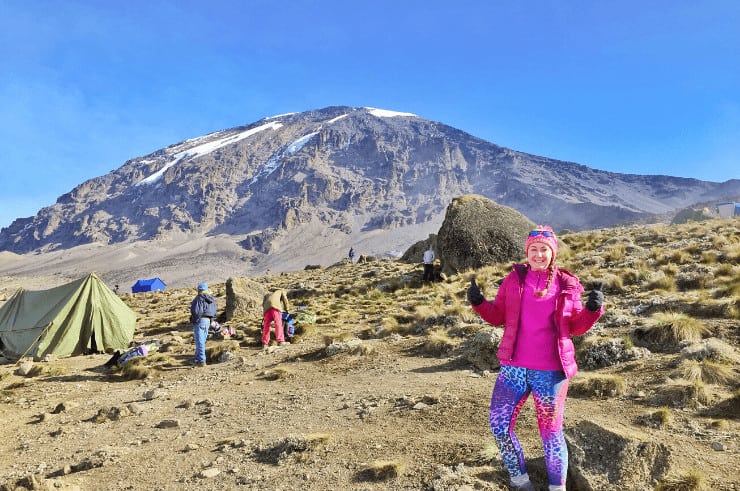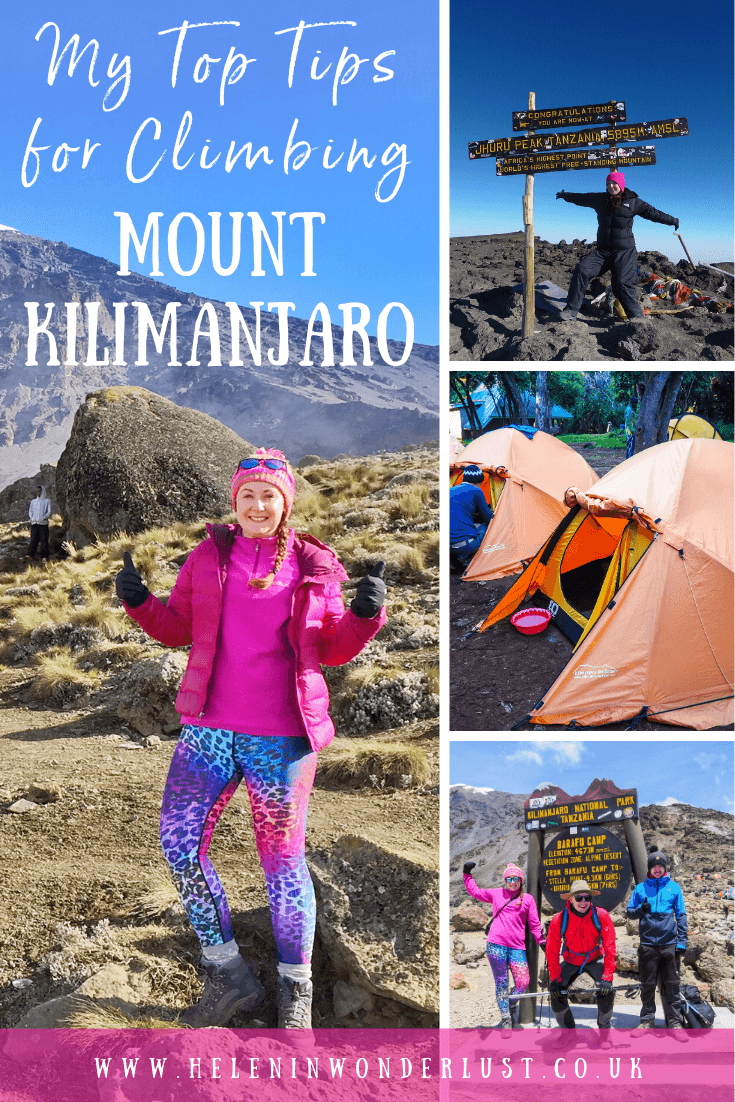Elevate Your Traveling Experience: The Magic of a Kilimanjaro Walk Awaits You
A trek up Mount Kilimanjaro presents a distinct chance to raise your traveling experience, supplying not only the challenge of conquering Africa's greatest peak yet additionally an immersion right into its varied ecosystems and rich cultural heritage. Each route to the summit exposes a tapestry of awesome landscapes and remarkable neighborhood practices, cultivating a feeling of link amongst travelers. As you plan for this amazing trip, consider what waits for both in regards to personal accomplishment and the shared camaraderie that boosts the experience. What vital preparations and understandings can transform your Kilimanjaro journey right into something truly memorable?
Why Select Kilimanjaro?
Choosing Kilimanjaro as a hiking location provides an exceptional combination of all-natural appeal, diverse ecological communities, and a feeling of accomplishment that is tough to match. This impressive height, the highest in Africa, stands at 5,895 meters, attracting adventurers from around the globe. Its special geographical features incorporate five distinct environment zones, varying from lush rain forest to arctic expanse, supplying hikers with a phenomenal journey via different landscapes.
The expedition to the summit of Kilimanjaro is not just a physical difficulty; it is a transformative experience (Kilimanjaro Hike). Walkers experience an abundant range of flora and fauna, consisting of native varieties that prosper within the mountain's environments. This biodiversity enhances the hiking experience, enabling immersive encounters with nature
In addition, Kilimanjaro offers an abundant social backdrop, with possibilities to engage with regional communities and find out about their traditions. The feeling of camaraderie among walkers, frequently created throughout rigorous ascents, contributes to the general experience, developing long lasting memories.
Planning For Your Walk
Preparing for your raise Kilimanjaro calls for mindful planning and consideration to make sure a secure and enjoyable experience. Begin by analyzing your physical conditioning; a well-structured training regimen will improve your endurance and stamina. Participate in cardio workouts, toughness training, and hiking practice to acclimatize your body to the altitude.
Following, choose the best time to hike, commonly between January to March or June to October, when weather are most favorable. Study different tour operators to discover one that lines up with your preferences and budget, ensuring they prioritize safety and have experienced guides.
Loading the appropriate equipment is critical - Kilimanjaro Hike. Spend in top quality treking boots, moisture-wicking apparel, and split clothes to adapt to changing temperatures. Do not neglect crucial things such as a first-aid package, hydration systems, and travelling poles
Distinct Routes to Discover

The Lemosho Route, commonly commended for its less crowded paths, gives a captivating trip through lush jungles and alpine moorlands, finishing in breathtaking views from the summit. Conversely, the Rongai Course, beginning with the north side, provides a farther experience, enabling walkers to witness the wild animals and varied plants growing in this lesser-explored area.
For those trying to find a much shorter trip, the Marangu Path, referred to as the "Coca-Cola Route," gives a much more simple ascent, complete with hut accommodations. Each route not just differs in problem however likewise offers an unique opportunity to value Kilimanjaro's abundant biodiversity and geological functions. Eventually, selecting the right course dramatically enhances your hiking experience and deepens your link to this impressive hill.
Cultural Experiences In The Process
The abundant tapestry of Kilimanjaro's social landscape supplies hikers a profound possibility to engage with the neighborhood communities that inhabit the mountain's foothills. As travelers browse the lavish trails, they come across the Chaga individuals, whose lively personalizeds and ingrained practices give insight into the region's heritage. Communications with citizens often consist of finding out about their agricultural practices, especially the cultivation of coffee and bananas, which are necessary to their economic climate and culture.
Visitors can witness typical ceremonies and songs, improving their understanding of the Chaga's lifestyle. Joining a local meal, prepared with old-time dishes, allows hikers to relish genuine flavors while promoting links with the area.
Moreover, lots of neighborhood overviews share stories gave with generations, supplying a glimpse into the folklore and spirituality that link with the hill itself. These social experiences deepen the hiking experience, transforming it from simple physical effort to a trip of exploration and admiration. Engaging with the local communities not only improves one's experience however additionally sustains lasting tourist, ensuring that these vibrant cultures remain to flourish amidst the marvelous background of Kilimanjaro.

Tips for an Effective Summit
Attaining an effective summit on Kilimanjaro calls for cautious preparation and a calculated approach. Primarily, choosing the appropriate path is essential; take into consideration options go to this site like Machame or Lemosho, which permit acclimatization and enhance your opportunities of reaching the top.
Physical preparation is necessary; take part in a training program that consists of cardio exercises, treking, and toughness training to prepare your body for the rigorous trip. In addition, consult with a health care specialist to ensure you are in shape for high-altitude climbs up.
Acclimatization is a crucial element in combating elevation health issues. Take your time, and follow the "climb high, sleep low" concept to promote your body's change to the altitude. Hydration is equally crucial; beverage lots of water to keep energy levels and avoid dehydration.
On the top day, start your climb early in the early morning to browse challenging problems and appreciate the breathtaking dawn over the height. Maintain a additional resources positive frame of mind, depend on your guides, and stay focused on your goal. By executing these techniques, you will improve your possibilities of accomplishing a successful summit on Kilimanjaro.
Conclusion
In summary, a hike up Kilimanjaro presents an unequaled chance to experience diverse communities while engaging with the rich local society. The journey, identified by magnificent landscapes and sociability amongst fellow trekkers, cultivates a profound link to nature and area. Appropriate preparation and awareness of the one-of-a-kind courses improve the possibility of a successful climb. Inevitably, the experience provides lasting memories and a deep appreciation for the majestic elegance of Africa's greatest top.
A trek up Mount Kilimanjaro presents an one-of-a-kind chance to elevate your traveling experience, offering not just the challenge of overcoming Africa's highest optimal but additionally an immersion into its varied communities and abundant cultural heritage.Selecting Kilimanjaro as a treking destination supplies try this web-site an exceptional mix of natural appeal, diverse environments, and a feeling of accomplishment that is tough to match.The trek to the summit of Kilimanjaro is not just a physical challenge; it is a transformative experience.Preparing for your walking up Kilimanjaro calls for careful planning and factor to consider to guarantee a risk-free and enjoyable experience.In recap, a hike up Kilimanjaro provides an unmatched opportunity to experience diverse ecological communities while involving with the abundant local culture.